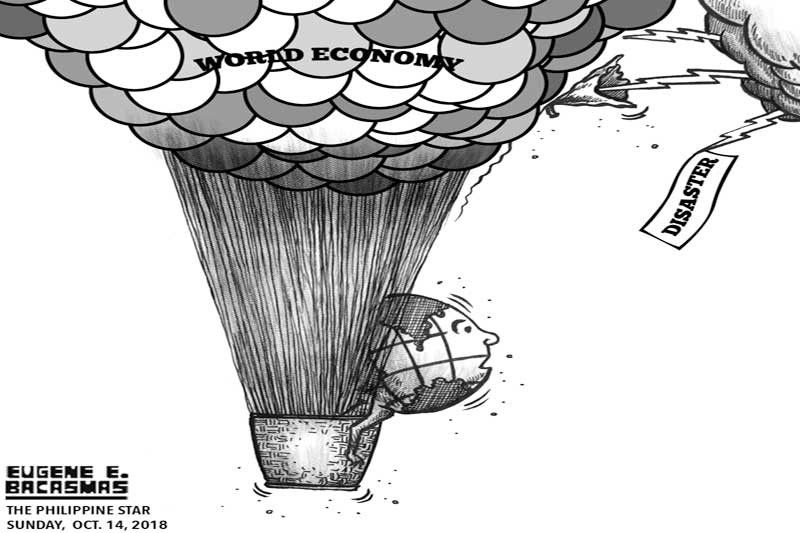EDITORIAL - The economic cost of disasters

With the official start of the election season, it may be difficult to divert the attention of politicians from their campaign plans. Unless another major calamity strikes, reminding everyone that the Philippines is among the countries that are most vulnerable to natural disasters and can never let down its guard.
In certain areas, disasters could even be an election issue for 2019. People have lost loved ones as well as their principal sources of livelihood in the mining village of Ucab in Itogon, Benguet, where a landslide following incessant rains at the height of Typhoon Ompong buried small-scale gold miners and their relatives late last month.
Families are also mourning the deaths of over 60 people in the city of Naga in Cebu, who were buried when large chunks of a mountain devoted to quarrying came crashing down on two barangays on Sept. 20.
In these areas, it may be easier to appreciate the importance of the International Day for Disaster Reduction. Marked on Oct. 13, the special day was declared by the United Nations General Assembly, which also adopted a framework for disaster reduction. Under the so-called Sendai Framework, each year since 2016 is dedicated to highlighting one of seven goals for attainment by 2030: a substantial reduction in global deaths from disasters and in the number of people affected worldwide, and this year’s focus – to reduce economic losses in relation to global GDP.
For 2019, the focus will be on substantially reducing disaster damage to critical infrastructure and basic services including health and education facilities. In 2020, the target is to increase the number of countries with national and local risk reduction strategies. In 2021, it is the enhancement of international cooperation and support to developing countries in disaster reduction programs. And in 2022, the final year of the Sendai Seven Campaign, the target is to increase the availability of and public access to multi-hazard early warning systems and disaster risk information assessments.
The UN estimates that every year, disasters cause some $520 billion in economic losses worldwide, displacing at least 18 million people in 2017 and pushing many into poverty. Disasters deplete public funds that could otherwise be used for basic services and social protection. With heightened awareness of the risks, governments must make the necessary investments in developing disaster-resilient communities.
- Latest
- Trending
























